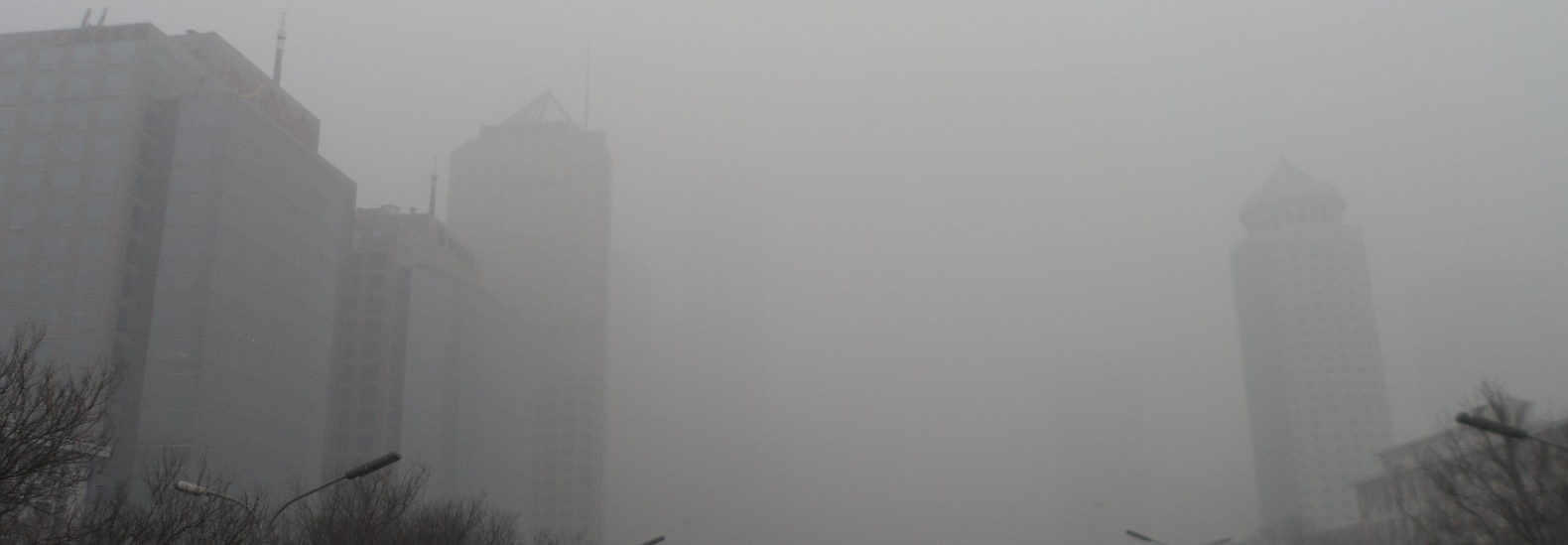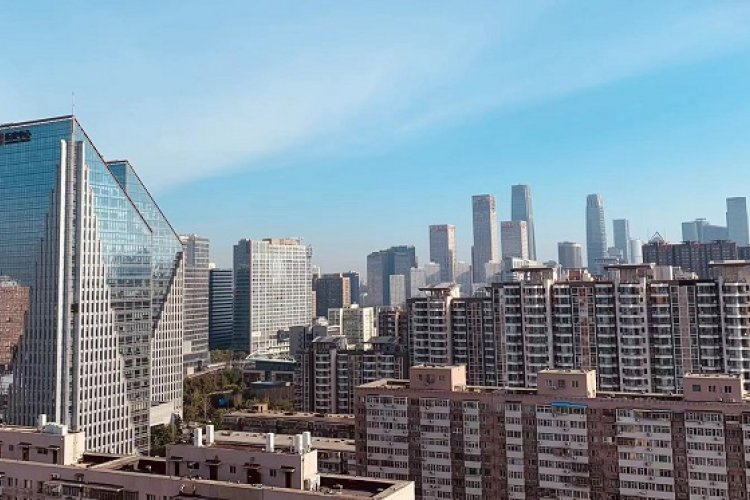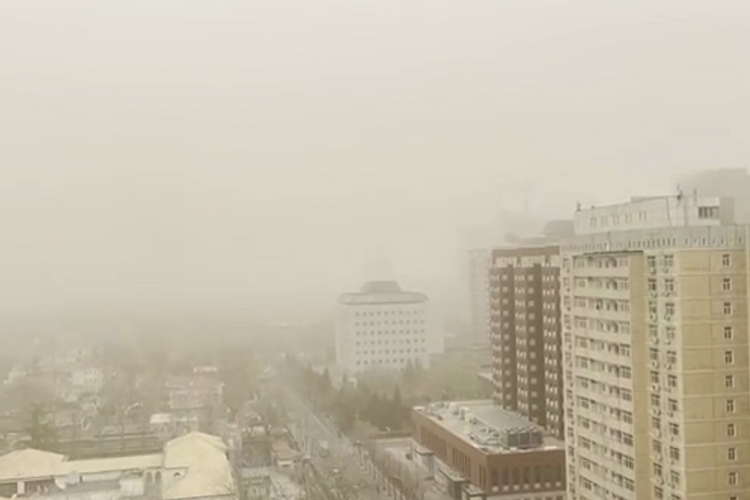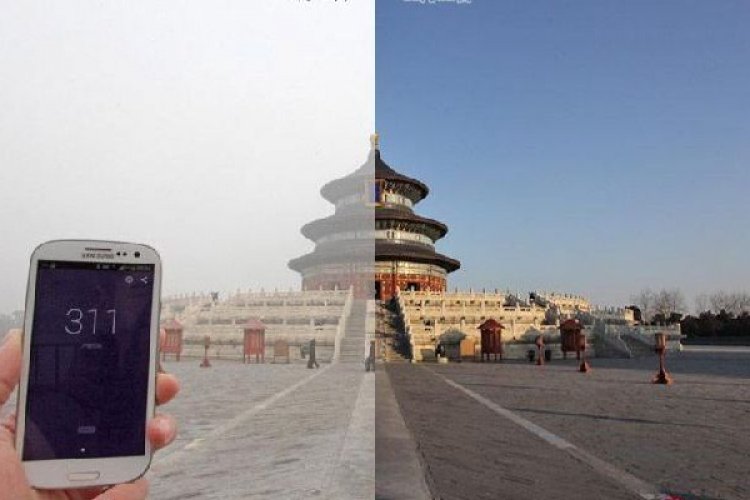Beijing to Spend USD 2.6 Billion on Pollution Alleviation in 2017, but Sets Air Quality Goal at Twice WHO Standard
Beijing will spend RMB 18.2 billion (USD 2.6 billion) on pollution alleviation in 2017, although the municipal government has only set its PM2.5 air quality goal at an average level of 60, over twice the level recommended by the World Health Organization (WHO).
The government indicated that it will limit the use of diesel vehicles within the Sixth Ring Road; removing 300,000 older vehicles from the road; and building 3,000 more electric car charging stations around the city. We don't really see how that adds up to RMB 18.2 billion, but um, ok.
The government also set an average PM2.5 level of 60, whereas the WHO standard is 20-25. "'We will work hard to keep PM2.5 at an annual average of around 60 micrograms per cubic meter,'" Beijing Mayor Cai Qi told state-run media.
Beijing reported that the average PM2.5 concentration in 2016 was 73, against a target of 76.6.
The city is planning to move more factories out of or away from the city. But we still think that a key part component that's missing from any anti-pollution effort is traffic control, namely odd-even restrictions, instead of the current two numbers per day limits.
Beijing has also set a population goal for the city of 22 million this year, also seen as a way of keeping pollution under control. The municipal government has allocated for RMB 10 billion for such initiatives, including continuing to move "manufacturing, logistics, and wholesale markets" out of the city, along with ongoing efforts to relocate city government buildings to Lucheng, east of Tongzhou. The city hopes to cap the population at 23 million by 2020.
More stories by this author here.
Email: stevenschwankert@thebeijinger.com
Twitter: @greatwriteshark
Weibo: @SinoScuba潜水
Photo: Inhabitat
Related stories :
Comments
New comments are displayed first.Comments
![]() PatrickLi
Submitted by Guest on Wed, 01/18/2017 - 20:56 Permalink
PatrickLi
Submitted by Guest on Wed, 01/18/2017 - 20:56 Permalink
Re: Beijing to Spend USD 2.6 Billion on Pollution Alleviation...
1. Beijing's smog crisis is not mostly due to smog produced with the city itself, therefore even if all the smog produced in Beijing was reduced to zero, Beijing would still have a bad smog problem thanks to Shanxi, Hebei, Henan and other nearby province's coal mining, coal-fired power plants and other heavy industry activity such as concrete and steel production sites that has very poor environmental regulation and oversight.
2. Beijing's population is already basically 22 million (technically 21, 240, 000) according to the United Nations. Go to page 14; http://www.un.org/en/development/desa/population/publications/pdf/urbanization/the_worlds_cities_in_2016_data_booklet.pdf
3. When you consider both of my previous points this entire story is very frustrating because these promises, even if fully delivered, will not solve the smog issue. Additionally I don't see what the issue with Beijing's population is. What are they blaming it for and why are officials aiming to "cap it"? If it's about smog then look at the Tokyo area, it has way more people and very little smog.
Money spent = money bribed
![]() PatrickLi
Submitted by Guest on Wed, 01/18/2017 - 00:28 Permalink
PatrickLi
Submitted by Guest on Wed, 01/18/2017 - 00:28 Permalink
Re: Beijing to Spend USD 2.6 Billion on Pollution Alleviation...
And BTW mr. Mayor, I hope someone out there briefed you that there is a law in physics called the Law of Conservation of Energy, which means that the electic energy used to charge the cars come from somewhere, which in northen China, means that they come from burning coals.
And I'm wondering, if in 10 years, 100,000 Beijingers will die because of the air, while some officials knowingly come up with a less effective plan after taking bribes, aren't they criminals who should be responsible for the deaths?
![]() PatrickLi
Submitted by Guest on Wed, 01/18/2017 - 00:23 Permalink
PatrickLi
Submitted by Guest on Wed, 01/18/2017 - 00:23 Permalink
Re: Beijing to Spend USD 2.6 Billion on Pollution Alleviation...
The government can keep blaming on cars, and taking bribes from and letting go of local factories while the preponderance of evidence points to factory/indistrial emission as the biggest contributor to air pollution. In the meantime, the government can keep splashing money to Chinese manufacturers of electric cars who to all who have some sense are no one but a hoard of scammers and liars while putting up even higher taxes on Japanese and American (mostly Japanese) hybrid cars such as Toyota Prius.
Validate your mobile phone number to post comments.







